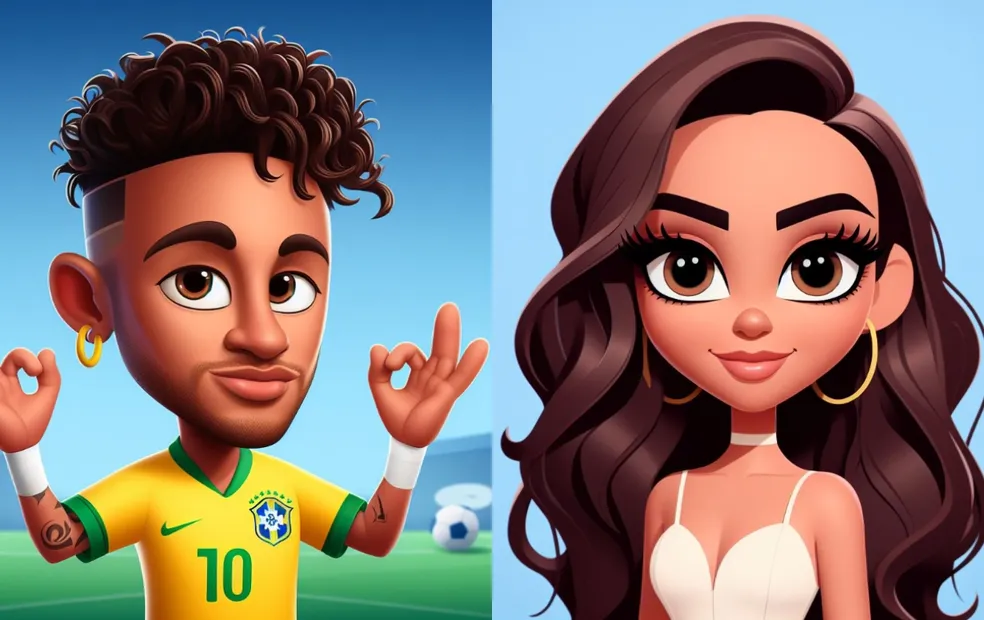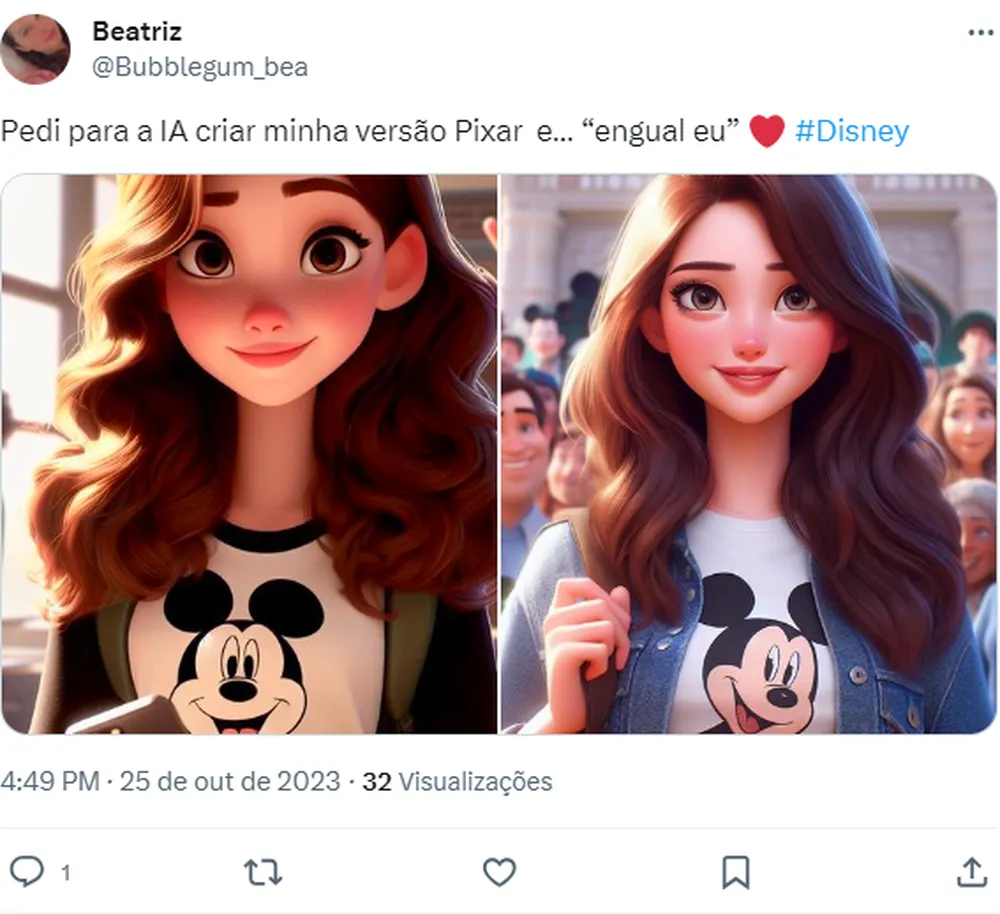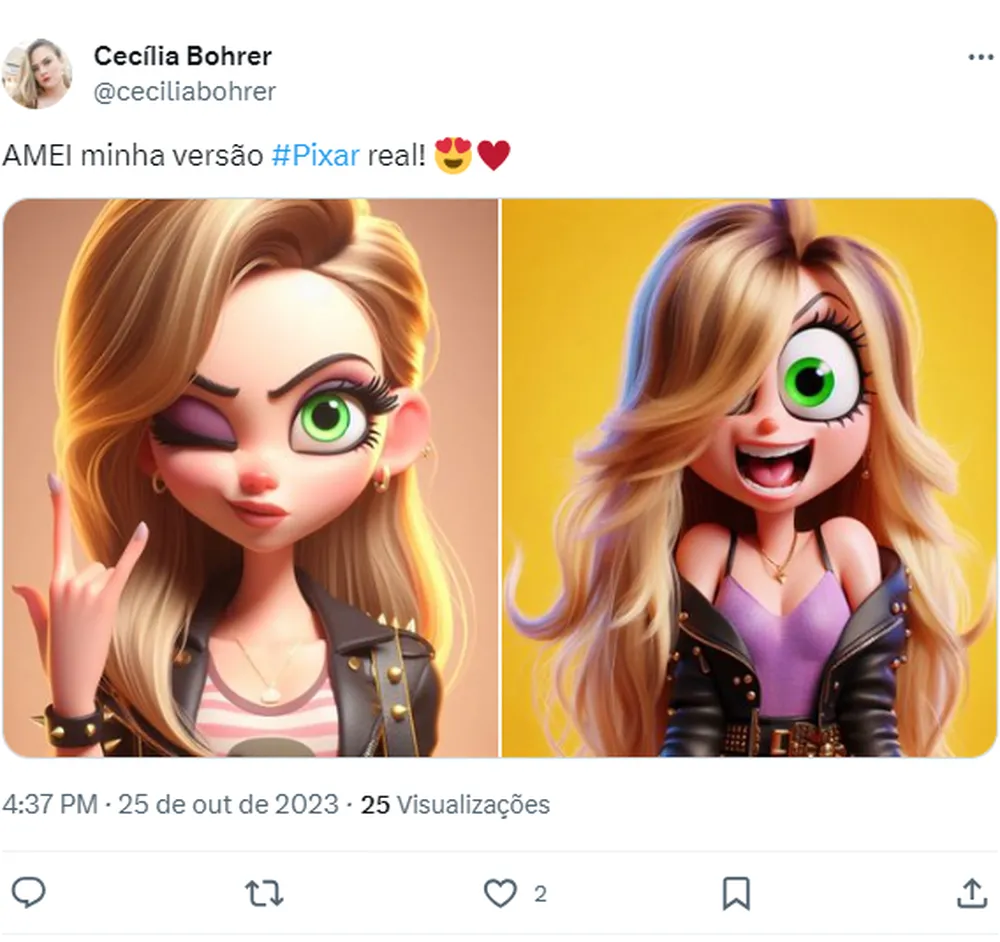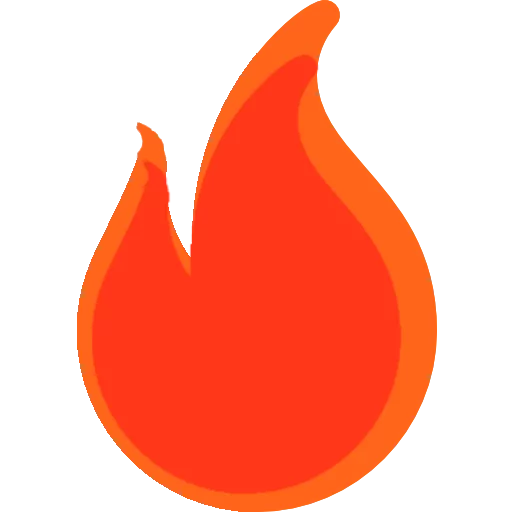Create your own character in 'Disney Pixar' style
Adverts
Discover how you can create your own character in the 'Disney Pixar' style, the latest trend on social media.
The latest trend on social media is the creation of “Disney Pixar” style characters. While these images are remarkably similar to original Disney Pixar animations, they are generated by Microsoft using a “drawing robot” (see how to make yours).
Adverts

Famous people like Neymar Jr shared their own versions, created using artificial intelligence (see more at the end of this article). The illustrations are notable for their similarity to characters from the company's acclaimed animations, such as “Frozen”, “Moana” and “Toy Story”.
Adverts
Furthermore, this trend extended to the reproduction of characters from other studios, such as Harry Potter, representations of Brazilian cities and even music album covers.
Behind this technology is DALL-E 3, a system developed by OpenAI (the same company behind ChatGPT), which uses artificial intelligence to create illustrations.
If you want to create your own 'Disney Pixar'-style character, g1 has prepared a step-by-step guide to help you get into the trend. However, it is important to be patient, as the site faced instabilities throughout this Wednesday (25).
Here are the steps to create your 'Disney Pixar' style character:
- Visit the Microsoft Bing AI-powered imaging website (https://www.bing.com/create).
- Write “Create a Pixar-style character” and provide details about the person the AI should generate. Then click “Join and create”.
- On the next screen, enter your Microsoft login and password.
- The AI will generate four images for you.
Understand more about 'designer robots'
WHAT ARE: Artificial intelligence models trained to emulate the human thought process.
HOW THEY DRAW: They use a technique called “diffusion”, which starts from random points in the images and gradually forms representations recognizable by humans.
HOW THEY ARE CREATED: Robots employ vast datasets containing billions of images associated with text descriptions, allowing them to learn to identify objects and artistic styles.
WHAT IS THE DEBATE: It revolves around the ability of these robots to replace professional illustrators and the question of whether learning from images available on the internet constitutes intellectual property infringement.
WHERE TO TEST: Platforms such as Midjourney, Stable Diffusion and DALL-E are available to the public in beta versions, allowing interested parties to try out their functionalities directly on their respective websites.
Repercussion
Internet users shared the versions made by technology:


Conclusion
In short, artificial intelligence models that emulate human thinking and use the “diffusion” technique to create recognizable images are driving a revolution in illustration creation. By learning from vast data sets of images and text, these robots raise important questions about their potential to replace professional illustrators and about the ethics of using images available on the internet.
As platforms like Midjourney, Stable Diffusion and DALL-E become publicly accessible in beta versions, the interplay between human creativity and artificial intelligence will continue to evolve, generating debate and innovative possibilities in the world of art and visual creation. The future holds fascinating challenges and opportunities as we explore the power and limits of these AI technologies.

